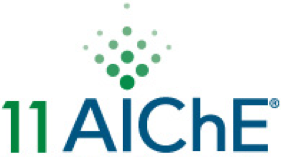

Geothermal energy can be used for generating electricity and providing direct heat for applications such as space heating and cooling, water heating, aquaculture and industrial processes. Geothermal heat pump (GHP) is a central heating/cooling system that pumps heat to or from the ground to provide heating and air condition. There has been a significant recent interest in geothermal energy as an efficient alternative to conventional heat, ventilation and air conditioning (HVAC) systems. This interest primarily lies in the almost 50% reductions in energy cost historically achieved with such systems, and a relative rapid rate of return of additional capital associated with geothermal systems. Extreme weather conditions in Illinois make it an ideal state for heating/cooling using geothermal energy. On the other hand, water harvesting and reuse as well as renewable energy play an important role in greater sustainability of ecosystems. For systems which have access to water, another attractive alternative is to use open or closed loop geothermal pond systems. Energy exchange with water is possible at a much higher rate than with soil and installation costs are significantly lower. We have designed and installed a geothermal HVAC system at the Kirie Waste Water Treatment Facility in Des Plaines, IL. The effluent water in the water treatment plant is discharged at temperatures between 55-65 oF and at rather high flow rates (50 -100 MGD) which is ideal for use in geothermal systems. In this work we designed two different geothermal systems using treated waste water as energy source, i.e., open loop and close loop geothermal systems. The main difference between the open and close loop pond geothermal system lies in whether the water from the pond is circulated in the geothermal system for more efficient heat exchange, or if the exchange in energy takes between water in a closed system exchanging energy with the water in the pond, without actually removing any water from the pond. The two processes were simulated using Aspen Plus simulation package, the efficiencies were compared and coefficients of performance (COP) of these two systems at various conditions were calculated. The possibility of further increasing the efficiency and applicability of geothermal systems was also explored. The work can contribute to the increased use of geothermal energy in Illinois and developing more sustainable energy systems.
Presenter(s)
Once the content has been viewed and you have attested to it, you will be able to download and print a certificate for PDH credits.
If you have already viewed this content,
please click here
to login.
